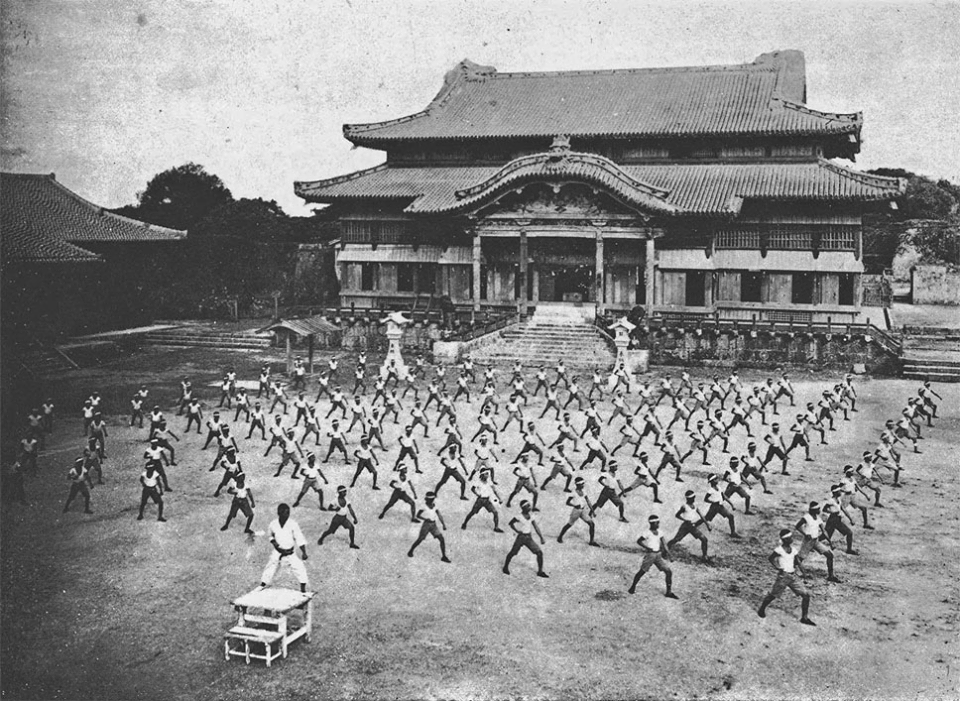HISTORY
Where it all began
Very little is known of the exact origins of karate before it appeared in Okinawa.
However one popular theory states that it came from India, over thousands of years ago. Brought to China by a Buddhist monk called Bodhidarma (“daruma” in Japanese).
As legend describes it, Bodhidarma arrived in Shaolinsi and began teaching Zen Buddhism as well. A style of temple boxing based on exercises designed to strengthen the mind and body. The historical accuracy of this legend is still a hot issue of debate today.
Chōjirō Tani (谷 長治郎)
Founder of Shukokai Karate Style (修交会 shūkõkai “the way for all”).
He was born in 1921, and died in 1998.
Chojiro Tani Studied Under: (Doshisha University in Kyoto)
-
Sensei Miyagi Chojun – Gojo Ryu Karate
-
Sensei Kenwa Mabuni – Shito-Ryu Karate also (Naha-Te, Shuri-Te & Tomri-Te)
Sensei Chojiro Tani (Tani Chojiro) is notable for founding the “Shukokai style of Karate” in 1949.
SHUKOKAI KARATE STYLE
Shukokai Karate (修交会 shūkõkai) is a group of closely related styles of Karate. Based on the a culmination of styles he had learned including Tani-ha Shito Ryu, a branch of Shito Ryu developed by Sensei Chojiro Tani in the late 1940’s.
The first dojo where Tani taught his style was opened in Kobe, Japan in 1946 and named Shuko Kai, one meaning of this was the “Way for All” Club.
Shukokai Karate style developed by Sensei Chōjirō Tani was first to introduce a number of aspects of modern-day sports science.
Designed around the study of body mechanics that he studied (Doshisha University in Kyoto). The style is famed for its “double hip twist” to maximise the force of its strikes.
Shukokai was also first to introduce the use of pad-work in its training in the UK.
These developments led to the style being renowned as one of the hardest-hitting Karate styles.
#WARRIORS_KARATE





